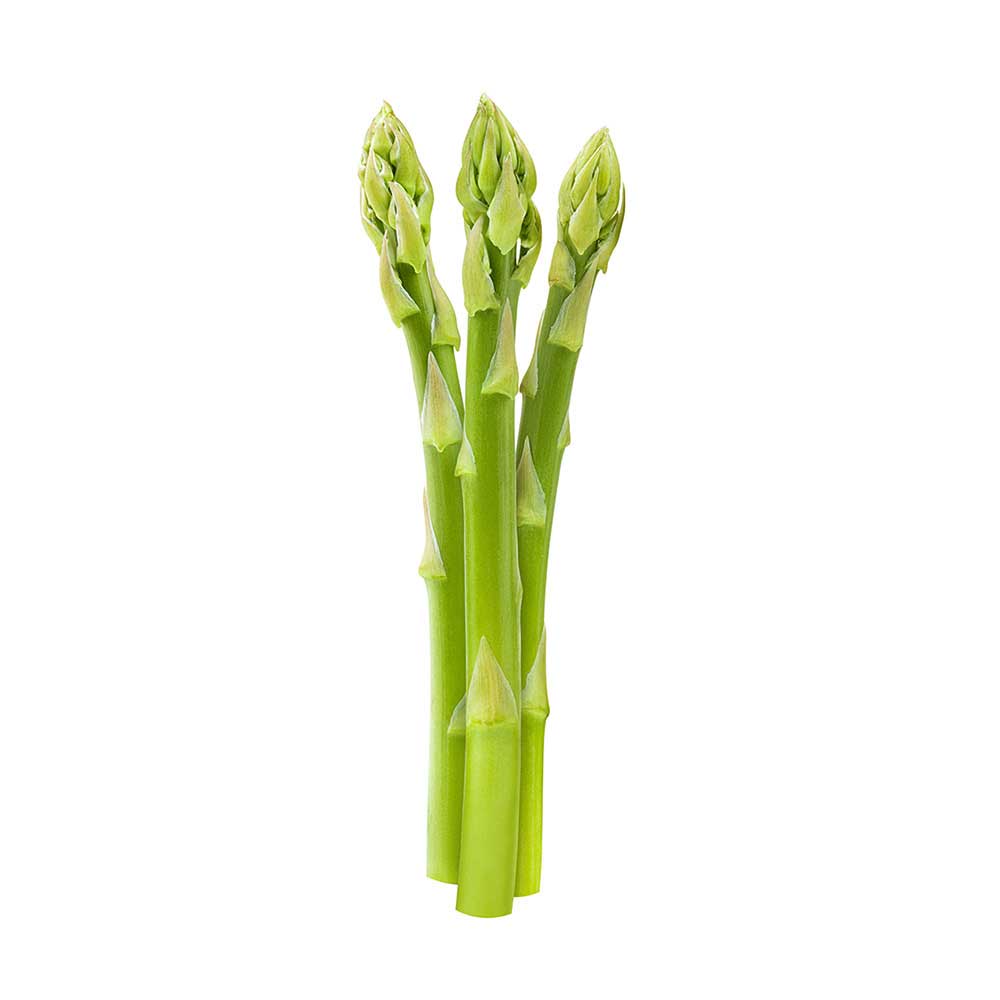Asparagus
Asparagus is a perennial plant of the Liliaceae family, characterised by a pale grey rhizome (a perennial subterranean shoot) from which grow the well-known spears (the shoots we eat); these are fleshy and cylindrical, white at the base and white, green or purple above.
The uncultivated version is called wild asparagus; however, evidence of its cultivation goes back to antiquity.
In Roman times asparagus was already a delicacy for the rich: the most fortunate and wealthy could enjoy the larger and plumper cultivated form, while for others the only option was to collect the wild variety (also appreciated by the rich, particularly when harvested in the mountains).
Asparagus belongs to the same family as garlic and onion, and shares their diuretic properties.
CURIOSITY
The asparagus plant has small flattened leaves (cladodes), greenish-yellow flowers and red berries.
Urine changes its smell after eating asparagus, because of a sulphur compound contained in the substances produced by metabolising the asparagus.

